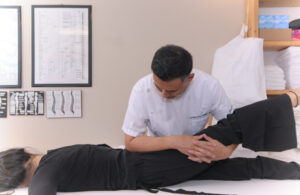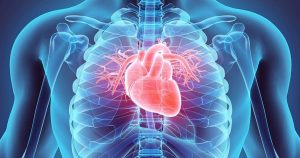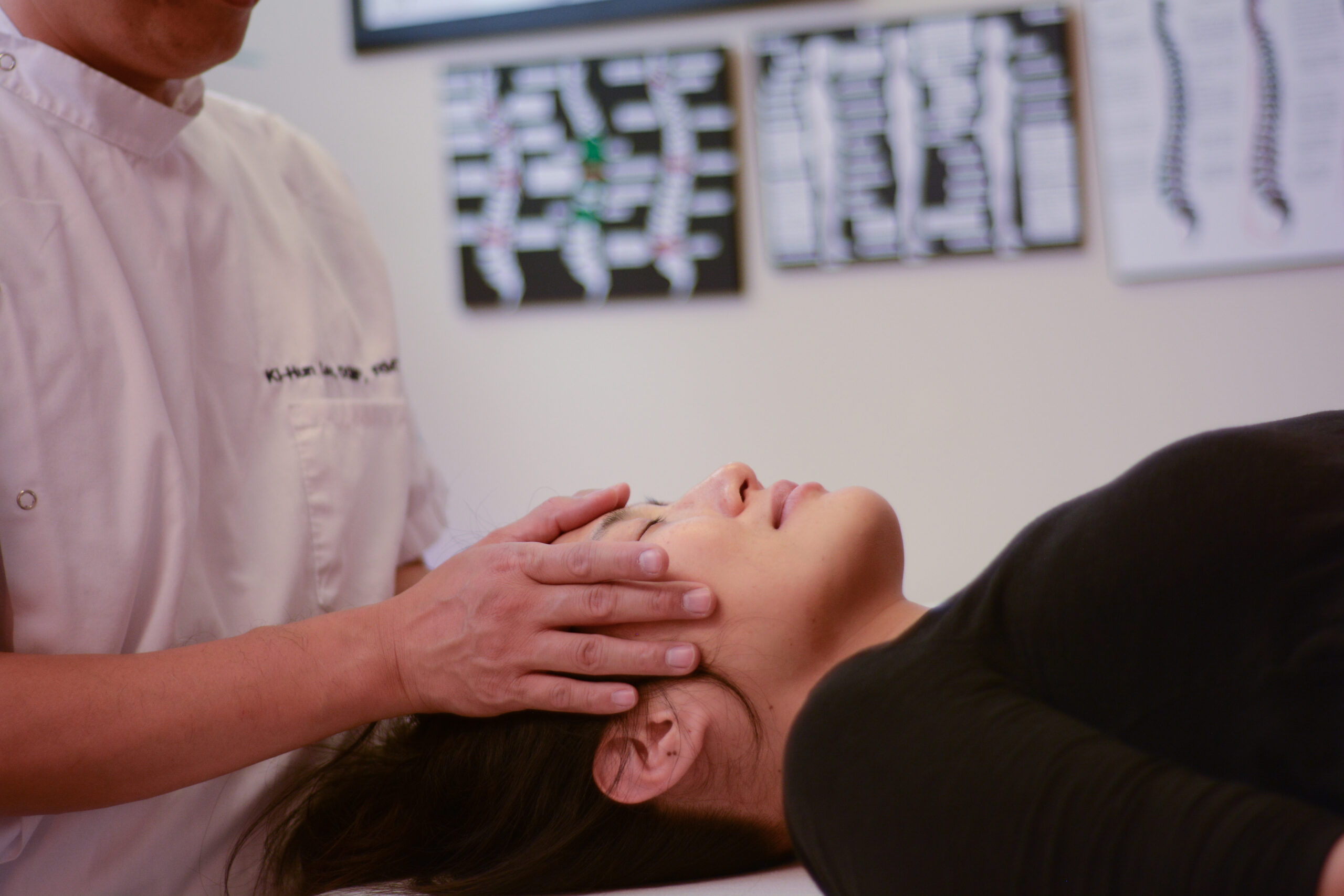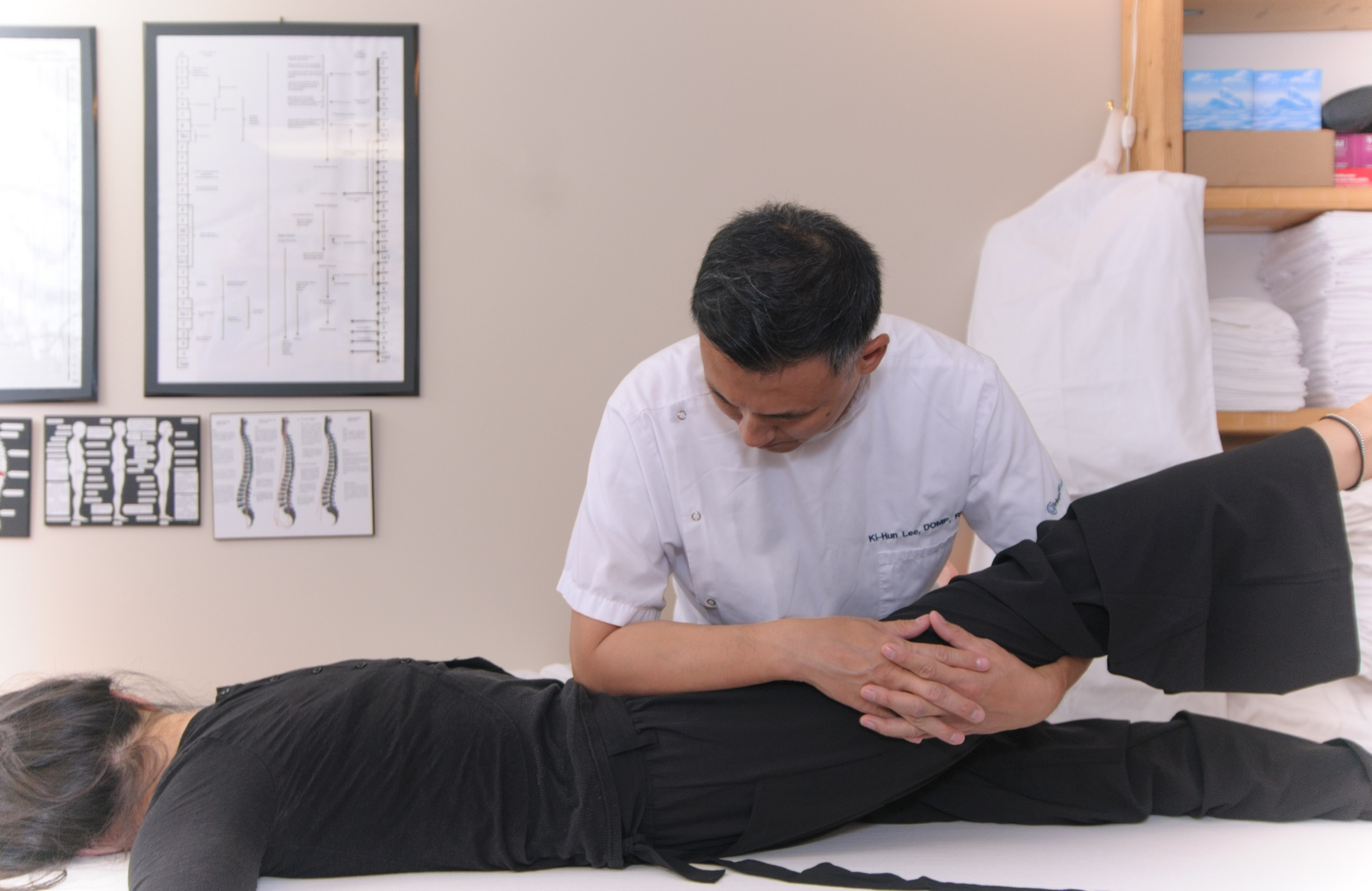Our Approach
Striving To Be Toronto's Best Osteopathy And Massage Therapy Clinic
Osteopathy Treatment
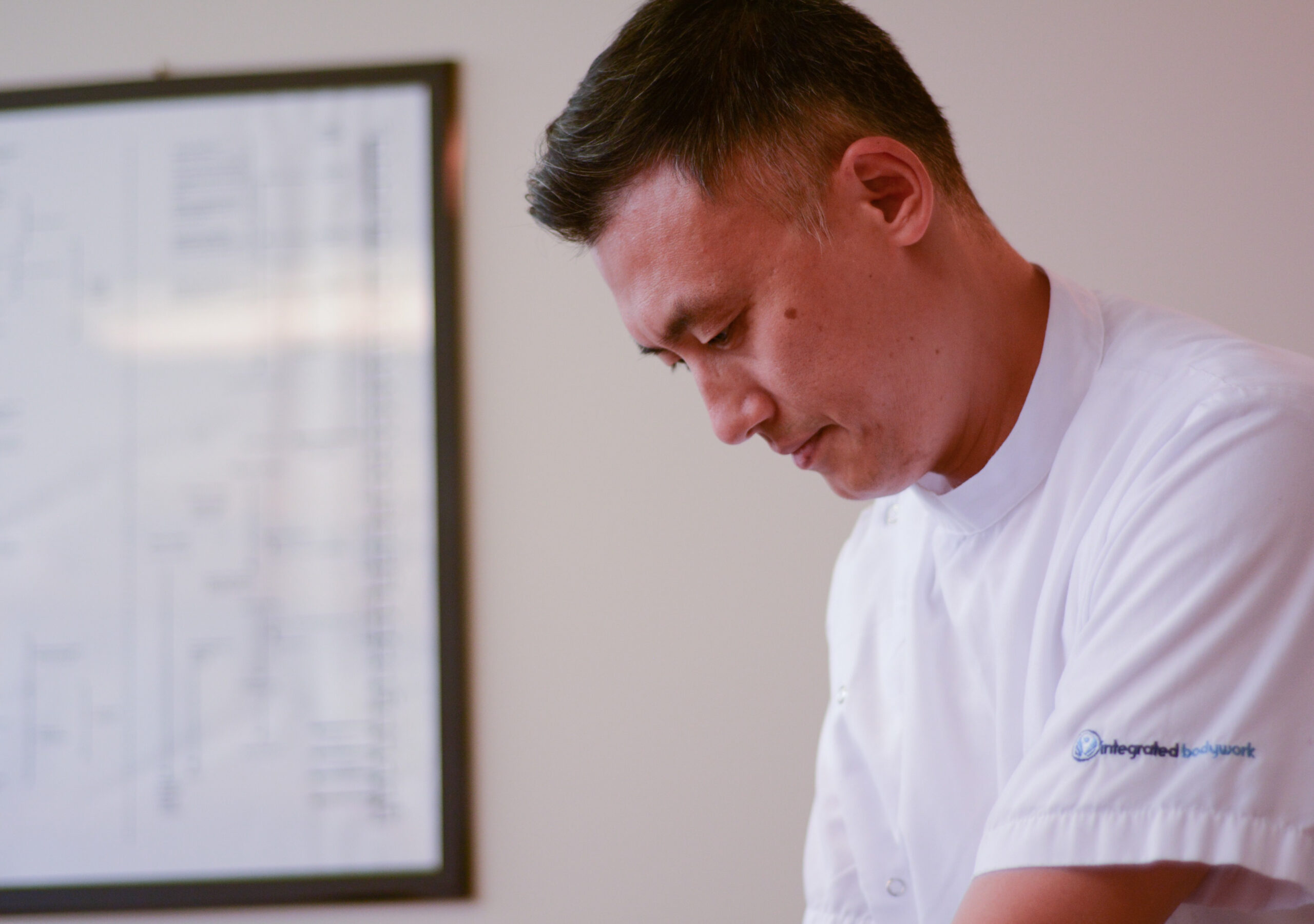
Our Approach to Osteopathy treatments: We help people in pain to be pain free
Allowing the body’s intrinsic tendency for self-healing without medicine
Our approach to osteopathy treatments is to help people in pain to be pain free. The perception of pain is not merely a response to physical injury, but is also related to the patient’s own emotional framework as well as their physical and social environments. An Osteopathic Manual Practitioner works to build a trusting relationship with their patient to help understand if there are other non-physical factors that could be contributing to their chronic pain condition. This allows the practitioner to develop a more comprehensive pain management and reduction plan to help their patient find relief.
What is involved in an Osteopathic Treatment Session
Developing a comprehensive pain management and reduction plan
When there are non-physical issues that could be contributing to chronic pain, your Osteopathic Manual Practitioner will suggest alternate forms of treatment working with other healthcare professionals to come up with appropriate treatment strategies. Read about what to expect on your first visit.
Striving To Be Toronto's Best Osteopathy And Massage Therapy Clinic
Allowing the body to self-heal without medicine
FAQ
The aim of a Osteopathic Manual Practitioner is to optimize the self-healing mechanisms of the body.
The frequency of treatments is based on the initial assessment and treatment. The decision on how often you will need treatment is based on allowing enough time between visits to allow your body to integrate the changes that occur from one treatment to the next.
While very often being used to treat back pain, osteopathic treatment is effective in a wide variety of health complaints. Osteopathy has been successful in treating the following:
- Acute or Chronic Pain
- Digestive Problems
- Muscle Spasms
- Respiratory Difficulties
- Postural Problems
It can also successfully treat migraines, dysmenorrheal, sciatica, carpal tunnel syndrome, fibromyalgia, tinnitus, vertigo, pain and diseases.
Osteopathy is an established recognized system of healthcare which relies on manual contact for assessment and treatment. It integrates the whole body, including the mind with emphasis on allowing the body’s intrinsic tendency for self-healing without pharmacological use.
Osteopathy views a person as a single unit comprised of body, mind, and spirit. In the osteopathic perspective, one needs to treat the whole person. Instead of viewing the body as a machine, osteopathy looks at pain as the result of complex interactions between physical factors as well as psychological and social factors, also referred to as the “biopsychosocial” approach. The perception of pain is not merely a response to physical injury, but is also related to the patient’s own emotional framework as well as their physical and social environments.
An Osteopathic Manual Practitioner works to build a trusting relationship with their patient to help understand if there are other non-physical factors that could be contributing to their chronic pain condition. This allows the practitioner to develop a more comprehensive pain management and reduction plan to help their patient find relief.


